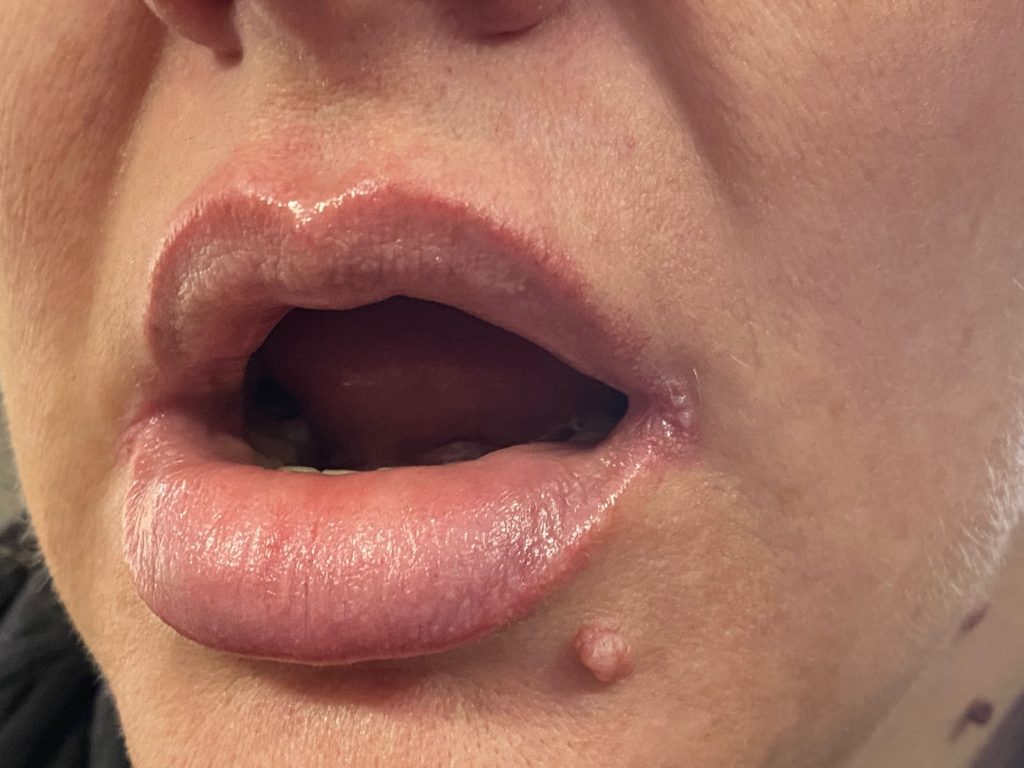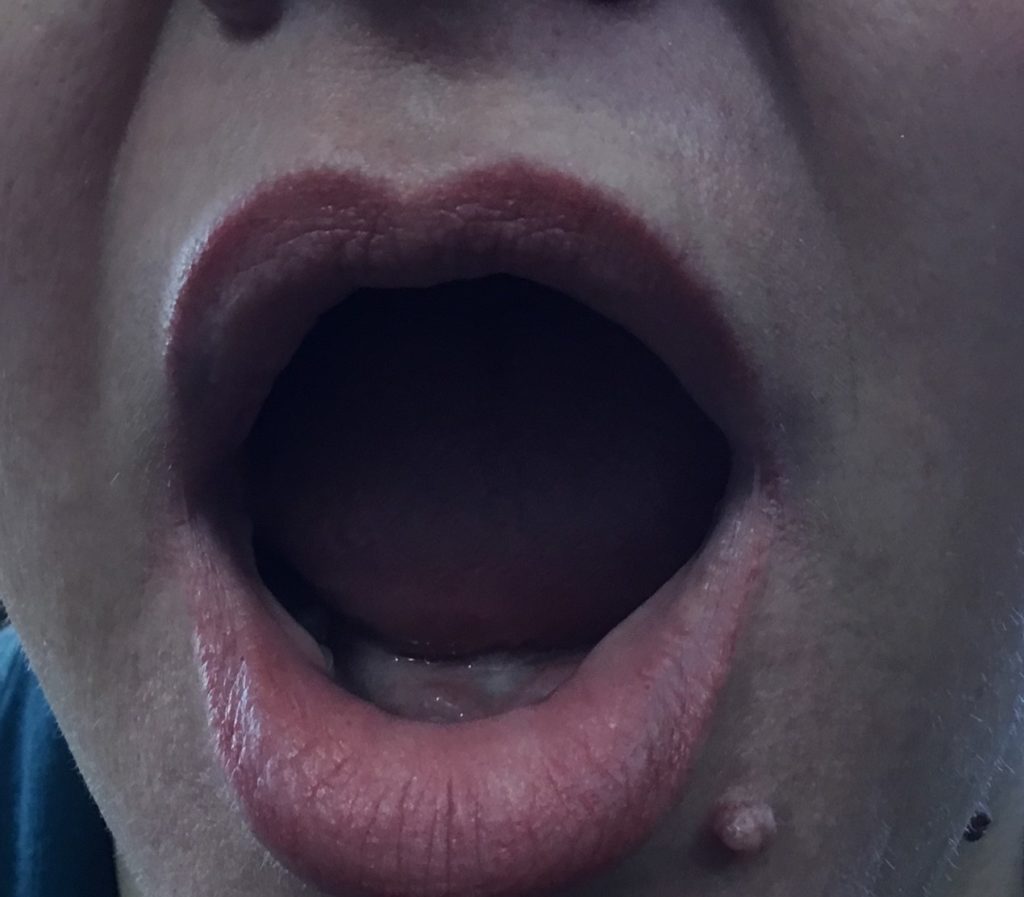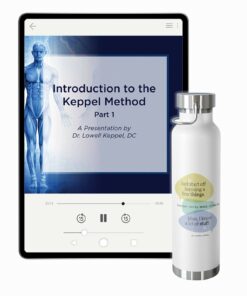Enjoy the latest installment of Dr. Lowell Keppel’s “Good to Know” series for practitioners.
In the last installment of Good to Know, I talked about how practitioners can use the observational sign of tartar on the teeth to detect biochemical and physiological imbalances—in particular, between calcium and phosphorous—in the body.
We’ll be staying with the same theme of observational signs this month (and there will be more installments of Good to Know in the coming weeks). So let’s look at the lips. Specifically, cracks in the corner of the mouth. Or to use the big fancy medical term: angular cheilitis.
Your patients will undoubtedly stumble upon various causes for angular cheilitis if they search the web. These can include saliva build up in the corners of the mouth that dries out, cracking the skin and perhaps even leading to infection (bacterial or fungal). That certainly can occur. And if your patient is savvy enough, they will see vitamin B2 (riboflavin) deficiency as a factor.
Let’s look at the following quote from the 1946 article “Studies of Vitamin Deficiency” by M.K. Horwitt et al., available at the Selene River Press Historical Archives (emphasis mine):
“The clinical effect of this moderate restriction of thiamine and riboflavin on subjects of the A groups was at no time more than minimal. Noticeable, however, in these subjects, young and old, was a gradually increasing self-imposed restriction of activity, a dulling of interest and of ambition, a diminished desire to please, and a lessened tendency to bantering and playfulness…The skin of several subjects of the younger group became thinner and lost elasticity, these changes imparting an appearance of aging. The lips showed drying, thinning, and increased wrinkling.”
Also in the Historical Archives is this quote from the 1943 article “The National Malnutrition” by renowned physician D.T. Quigley, MD (emphasis mine):
“In the breaking up of the vitamin B complex, several new vitamins have been discovered. The first of these is riboflavin [vitamin B2]. It has been found to be necessary for the existence of every cell in the body. Clinically, a reduction in the amount of riboflavin results in sores developing in and around the mouth. These sores are actually small ulcers and are associated with infectious microorganisms. In other words, infections of the lips and mouth occur in the persons who are deficient in riboflavin. Some kind of a barrier has been broken down in the person who is deficient that allows these germs to flourish and produce ulcers and sores in this part of the anatomy. Here again is illustrated in a specific way infection intruding itself immediately when the general resistance is lowered.”
Notice Dr. Quigley says “vitamin B complex.” All vitamins are complexes. Dr. Royal Lee, the founder of Standard Process, mentions this many times in his writings. Vitamins as found in whole foods are complexes, but man-made synthetic chemical vitamins can actually contribute to deficiencies. In his article “Synthetic Versus Natural Vitamins,” Dr. Lee explains:
“Most vitamins on the market are synthetic. That is, they are made by a chemical laboratory from coal tar and other chemical sources instead of from foods. They are imitations, man-made instead of being the product of plant or animal cells. The question arises: Are synthetic imitations equal to the genuine, which cost far more?”
Can you see where this is going? You bet—cracks in the corner of the mouth is an observational sign indicating the need for riboflavin or vitamin B2, which are found in abundance in Cataplex G from Standard Process.
As a standalone product, Cataplex G is the nerve-relaxing, vasodilating fat-soluble part of the vitamin B Complex. It is also imperative for healthy brain tissues. Cataplex G can be found in many other Standard Process products, including Cardio-Plus and Cataplex B-Core. The G factor is valuable in blood pressure cases and improves blood flow to the heart. Add Drenamin for increased blood flow to the adrenals and Livaplex for liver support.
I recommend that you integrate these observational signs into your initial exam and follow-up visits. Observing the patient overall (posture, movement, etc.) and detecting observations signs such as tartar on the teeth and cracks in the corners of the mouth (plus the other signs I will discuss this month), can help you streamline and maximize your treatments and hit the bullseye with your patients. As they notice the improvements they’re making, they’ll want to continue working with you.
Notice the before and after photos. This patient enthusiastically said the Cataplex G really worked! They also reported overwhelming anxiety, which is much improved. Cataplex G is great for mental stress and emotional stress. It should be one of the first products you reach for when your patients report emotional overload.
Follow along as I share more observational signs in my Good to Know series.
Image from iStock/Deagreez (main). Post images from Dr. Keppel.





